Lenovo Flex 5G First Impressions
- Paul Thurrott
- Jul 02, 2020
-
37

I’m eager to try a modern Windows 10 on ARM-based PC, and the Flex 5G will do nicely: It’s billed as the world’s first 5G PC and it promises to deliver up to 24 hours of battery life.
We’ll see how that pans out, and how the ARM compatibility picture has improved since my last experience with such a PC. But for now, what I’m most taken by is how normal this convertible PC seems. Instead of coming with a unique tablet-based form factor, like Microsoft’s Surface Pro X, the Flex 5G looks, feels, and behaves like a more traditional PC. I like that, not just because I prefer this form factor, but because many early ARM PCs almost seem like experiments instead of shipping products. This just seems more natural, and more mature.
Windows Intelligence In Your Inbox
Sign up for our new free newsletter to get three time-saving tips each Friday — and get free copies of Paul Thurrott's Windows 11 and Windows 10 Field Guides (normally $9.99) as a special welcome gift!
"*" indicates required fields
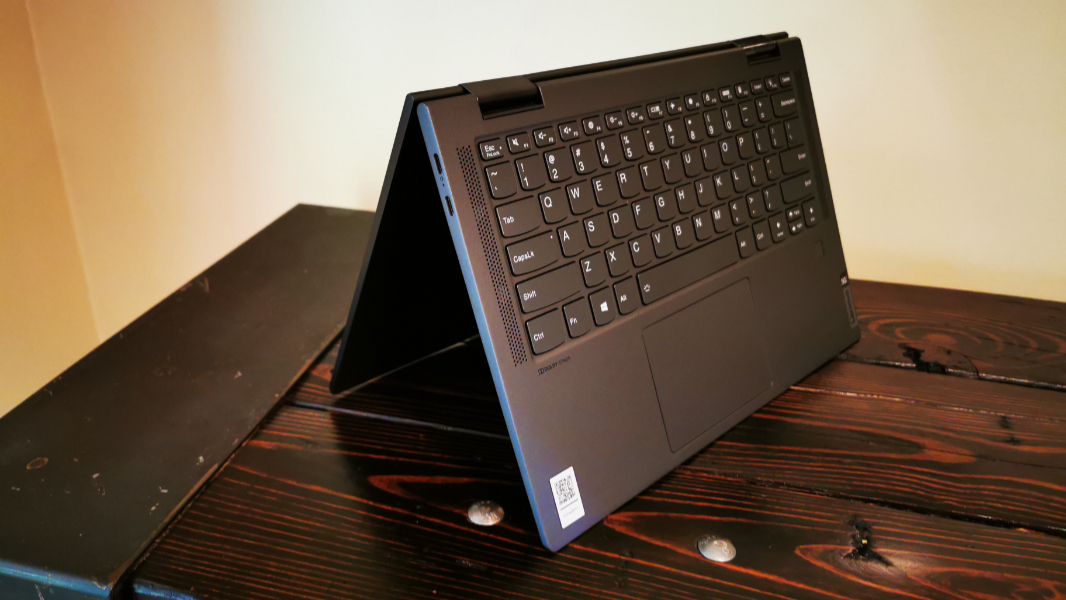
Everything one would expect from a premium convertible is present, from the high-quality Iron Gray aluminum build to the versatile rotating screen and its four usage modes. I’ll get to the individual pieces in a moment, but the bigger deal, perhaps, is the lack of fans and the silence that accompanies that. As a Qualcomm-based PC, the Flex 5G doesn’t just run cool, there isn’t even any visual heat venting.
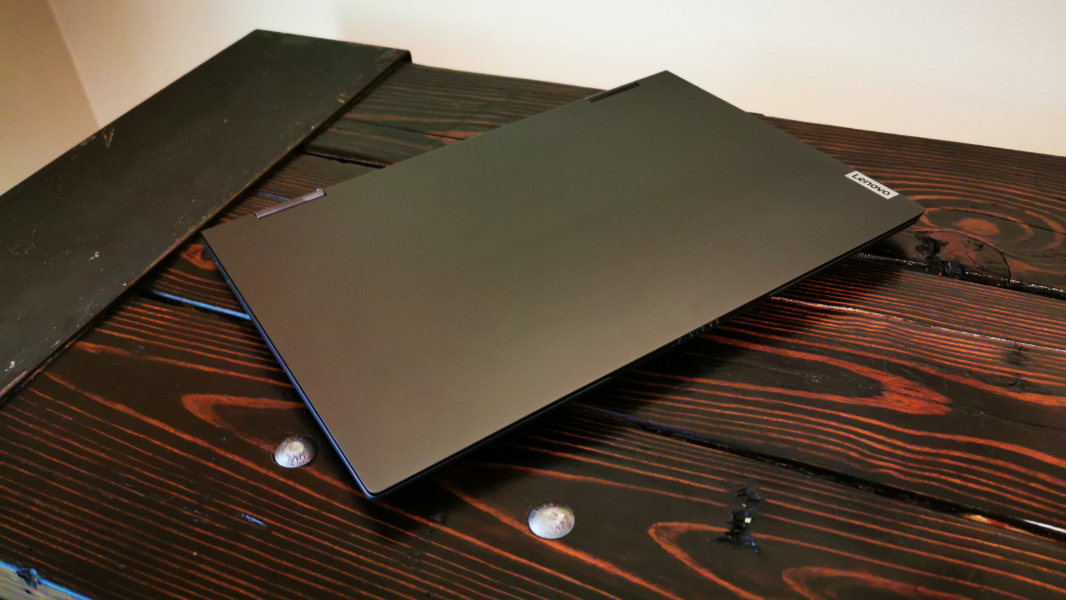
That’s quite interesting, but thanks, no doubt, to its 14-inch display and ample batteries, the Flex 5G still weighs in at 2.9 pounds. I’m happy with that: I prefer the bigger display, and no one is going to complain about better battery life. But many coming into the Windows 10 on ARM world with open eyes would perhaps expect something even more portable, at least from a weight perspective.
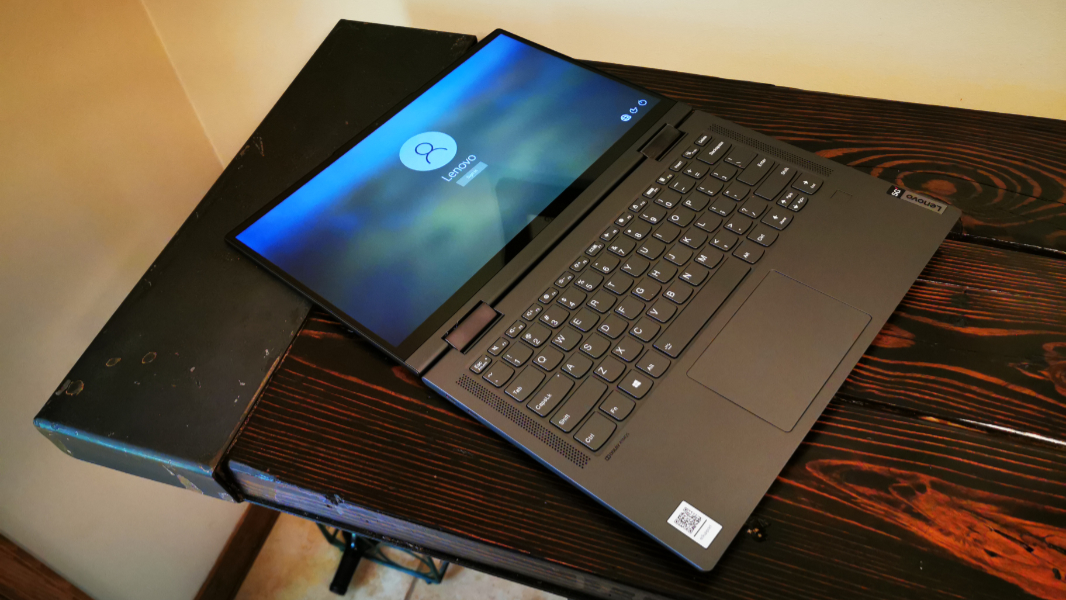
I’m curious to see how the Snapdragon 8cx performs in the real world, but my initial impressions, based on some early setup tasks, is that the UI is notably snappy and responsive. The 8cx is an 8-core design, with four performance cores and four efficiency cores, and it runs at 2.84 GHz and is bolstered by an integrated Qualcomm Adreno 680 graphics chipset. This particular PC ships with 8 GB of RAM and a 256 GB of UFS 3.0 storage.
That latter bit is interesting: Where most PCs now use SSD storage, Universal Flash Storage comes from the smartphone world and it offers a considerable performance advantage over embedded MultiMediaCard (eMMC) storage. But the big question here is how well it performs compared to modern SSD storage. I’ll try to figure that out, but my understanding is that the performance is close.

The display is a 14-inch Full HD (1920 x 1080) IPS panel, so it’s 16:9, but it has reasonably small bezels and is quite bright at 400 nits.
The expansion capabilities make sense for a modern, always-connected PC: There are two USB-C 3.2 ports on the left, and, well, that’s about it. (There’s no Thunderbolt 3 because that’s an Intel thing.)
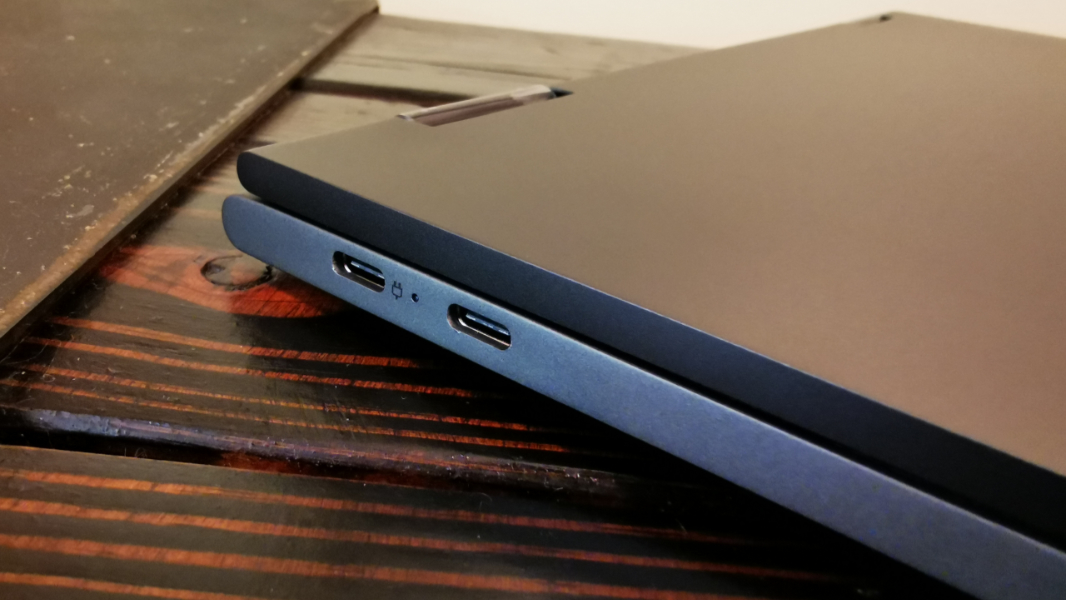
You’ll find the power button and a combo headphone/mic jack on the right, plus a hardware slider switch for Airplane mode (a “connectivity switch”) for some reason.

Speaking of which, that connectivity is obviously of interest: Lenovo provides mmWave and Sub6 5G capabilities, 2 x 2 802.11ac Wi-Fi, and Bluetooth 5.0. It looks like the firm provided me with a Verizon SIM for testing purposes, so that will be interesting.

From a security perspective, the Flex 5G is all-in with Windows Hello: It supports both the fingerprint reader, which I prefer, and facial recognition. Sadly, the webcam is just 720p, so I’m not expecting much quality-wise.

There are visible (and even attractive) stereo speakers with Dolby Atmos sound. I will test that.
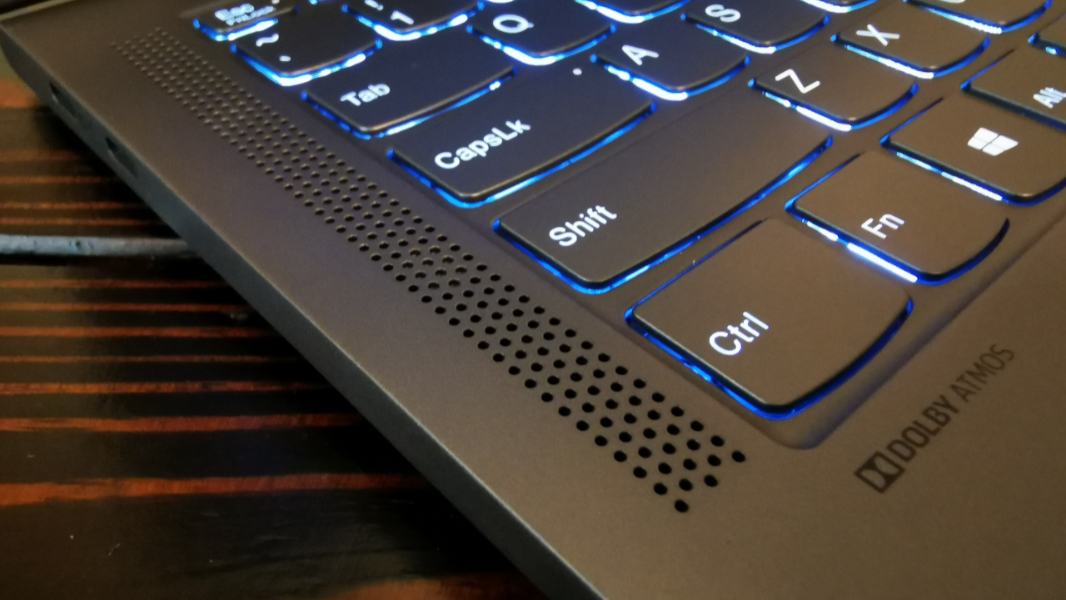
Pricing is a bit tough: The Flex 5G is a premium PC, and it costs $1399.99, though Verizon will let you pay $58 per month for 24 months if that puts it over the top for you. Still not convinced? It also comes with a one-year subscription to Microsoft 365 Personal—a $69.99 a value—as well.
I don’t want to get ahead of myself here, but if my early compatibility testing pans out, I’ll see whether it’s possible for me to evaluate and write about this device over time rather than waiting for an all-up review. The possibility of “living with Windows 10 on ARM” is, of course intriguing. But no promises yet.
Either way, I’ll have more soon.